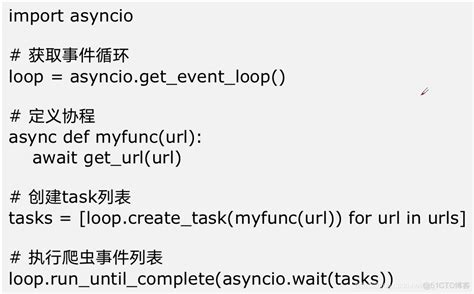The complex world of cryptocurrency trade: explore crypt, pool of liquidations and futures
In the constantly evolving panorama of the cryptocurrency trade, investors constantly seek new opportunities to maximize their earnings. A popular strategy is the use of a liquidation pool (also known as a stop loss or a pool of slippers) to manage the risk and optimize yields on their crafts. Another approach plans to exploit Futures markets to speculate on prices in cryptocurrencies.
In this article, we will deepen the world of cryptocurrency trading, exploring the concepts of crypt, liquidity pool, pool -based strategies and future markets. We will examine how these different approaches can be used to generate profits, manage the risk and keep up with market trends.
What is a crypt?
A cryptocurrency, or „money” is a digital resource that uses encryption for safe financial transactions. The best -known cryptocurrencies include Bitcoin (BTC), Ethereum (ETH) and Litecoin (LTC). The cryptocurrencies operate on a decentralized network, allowing users to send, receive and archive the value without the need for intermediaries such as banks.
What is a pool of liquidation?
A liquidation pool, also known as loss of stop or slipping, is a strategy of algorithmic trading used in the cryptocurrency markets. Its main function is to protect investors from potential losses automatically purchasing or selling activities when reaching certain risk levels.
Here’s how it works:
- A liquidation pool creates a position with the aim of minimizing losses.
- The pool uses advanced algorithms to monitor market conditions and adapt its positions accordingly.
- When an asset reaches a predetermined level of postponement (or loss), the pool buy or automatically sells the activity to limit potential damage.
liquidity pool
Liquidation pools are often used in high frequency trading, in which markets are subject to rapid prices of prices and sudden changes in market conditions. These pools can help mitigate the risk by providing a protection pillow against large losses.
Some examples of liquidity pool include:
* Binance liquid market : a liquidation pool managed by Binance, the greatest exchange of cryptocurrency, which allows users to buy or sell activities with the aim of minimizing losses.
* Kraken’s liquidity pool : another example of a liquidation pool offered by Kraken, a popular exchange of cryptocurrency.
Pool -based strategies
Pool -based strategies plan to exploit more cryptocurrencies and markets to maximize investment yields. Here are some examples:
- Macro-Pooling : a macro-pooling strategy includes a pool of funds with other investors to be speculated on market trends and price movements.
2
- Futures -based strategies : Futures -based strategies involve coverage positions in the cryptocurrency markets using future contracts.
Futures markets
Futures markets offer investors the opportunity to speculate on prices in cryptocurrencies without facing direct exposure to the activity class. Here’s how it works:
- Futures Contracts
: Futures contracts are agreements between two parties to buy or sell an activity at a predetermined price on a specific date.
- Exchanges and platforms : Futures’ markets operate on exchanges, such as CME (Chicago Mercantile Exchange) or Intercontinental Exchange (ICE) or through proprietary platforms such as Robinhood.
Conclusion

In conclusion, cryptocurrency trading plans to exploit various strategies to manage the risk, maximize earnings and keep up with market trends.
